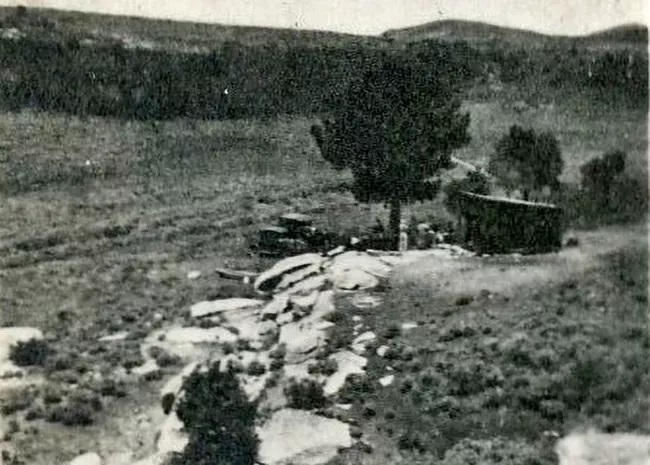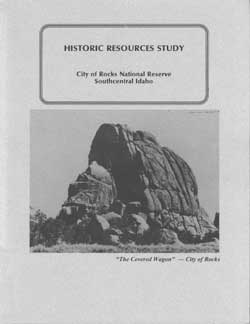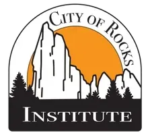History
The City of Rocks was an important landmark for emigrants on the California Trail in the 1840s and 1850s. Many left their names or initials on some of the rocks. It has a long history of human occupation, dating back to the Native American tribes of the Shoshone, Paiute, and Bannock, who hunted, gathered, and left pictographs in the region.
During the California gold rush of 1849 James F. Wilkens past through the area making sketches along the way. He was the first person to use the name “City of Rocks” to describe the dramatic geological area he encountered in south-central Idaho. He wrote in his journal:
August 10th. This morning we passed through what I shall call the City of Rocks, a very remarkable place. The road passes between two high ranges of mountains, and through a valley about 4 miles wide, and 20 long. In this valley, which is perfectly level and covered with grass, are hundreds of huge rocks, of every size and shape, from 50 to 200 feet high, some of them in the shape of houses, others like steeples, and others still, like haystacks. They are all of granite, and look as if they had been thrown up by some mighty convulsion of nature.
Wilkens’ name for the area stuck and the City of Rocks became an important landmark and a place of rest and wonder for the travelers. Today, the City of Rocks is a national reserve and state park, where visitors can enjoy the spectacular rock formations, rock climbing, hiking, camping, and wildlife. It also preserves the history and culture of the emigrants who passed through here, and the Native American tribes who lived here long before them.
Pictographs
Made by the Shoshone, Paiute, and their ancestors, who lived in the area for thousands of years they depict animals, humans, geometric shapes, and abstract designs. Most are found at nearby Castle Rocks State Park, which is adjacent to the reserve.



Westward Migration
These axle grease writings are signatures or messages left by emigrants who passed through the City of Rocks National Reserve on their way to California in the 19th century. Still visible today, they are especially noticeable on Register Rock and Camp Rock.
Fairchild Homestead
Established by Thomas Fairchild, who claimed 160 acres of land under the Forest Homestead Act of 1906, he built a cabin, a barn, and a corral near a spring and a rock formation called Window Arch. He also planted an orchard and a garden, and raised cattle and sheep. He lived there until his death in 1934.
To learn more about homesteading in City of Rocks go here


Historic Resources Study
Prepared by the National Park Service, the Historic Resources Study was published in 1996 and contains much more information. Click here to visit the online publication.






